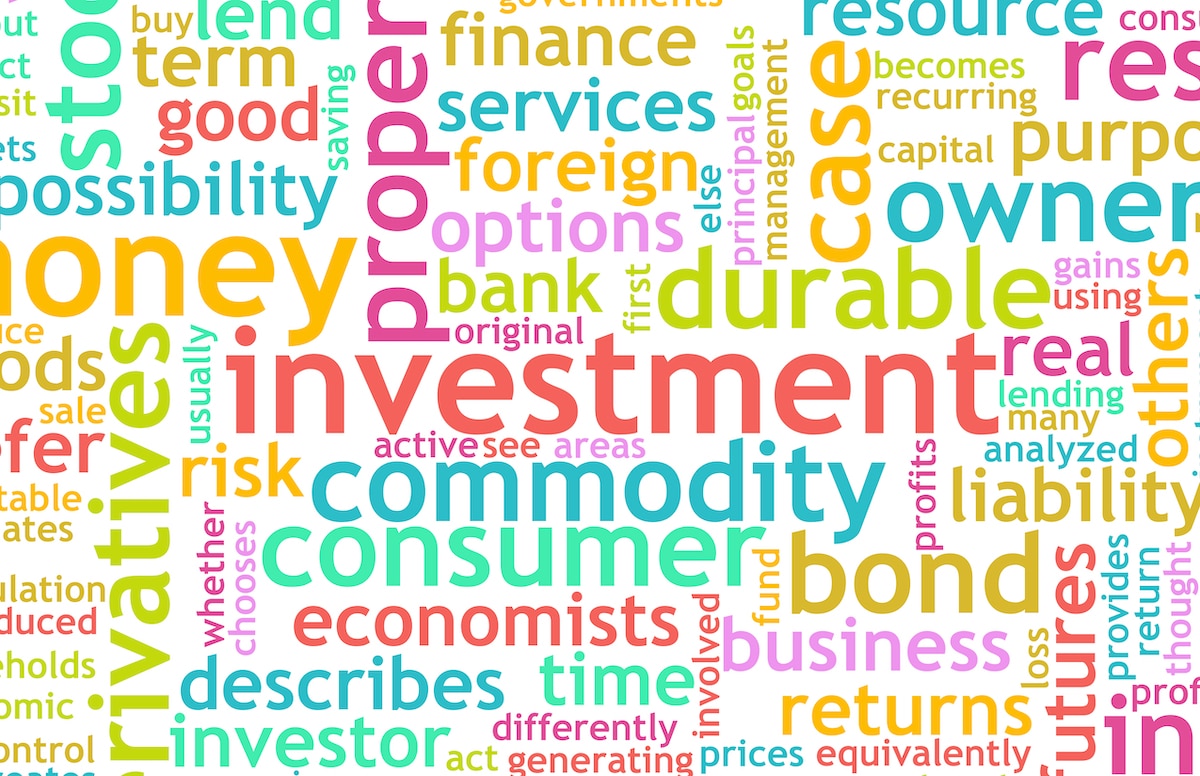From “to the moon” to “whales,” these investment terms leave most people scratching their heads.
Interest in the stock market continues to grow on a global level. However, many people are unfamiliar with much of the industry jargon. According to Ahrefs, more than 2.4 million people worldwide search the term “stock market” on Google every month.
Ahrefs’s report also revealed the most confusing terms in the investment industry, according to the number of Google searches performed by people looking for definitions.
Stock market trading experts at financial services provider CMC Markets used data gleaned from Google to take a deep dive into the most baffling stock market terms. The hope is to provide clarification that can help new investors understand the jargon commonly used in the financial world.
Greg Wilson, a Chartered Financial Analyst, says, “If there is one thing I’ve learned in my 22-plus year career in financial services, it is that the terminology used is complicated. There are so many acronyms, words, and phrases that even seasoned veterans constantly look up what they mean. Financial markets and products have their own lexicon.
The 15 Most Searched For Investing Terms, According to Google
By sorting through a list of the top 50 words and phrases most associated with the stock market, cmcmarkets.com narrowed down the terminology that is least understood. These are Google’s 15 most-searched-for stock market phrases and the search volume of each one.
Term Average Monthly Searches
ETF 103,000
IPO 95,000
Broker 46,000
Arbitrage 23,000
ADR 2,000
Bear Market 11,000
Bull Market 7,600
To The Moon 4,900
Dividend Yield 3,900
Dead Cat Bounce 3,200
Tanking 2,400
Averaging Down 2,300
Whales 1,800
Day Trading 1,700
Margin Account 1,600
Understanding Stock Market Jargon
ETF is the most searched-for stock-market term, with 103,000 monthly searches. Here’s what it means, along with 14 other baffling terms.
1 ETF
ETF stands for exchange-traded fund, which is essentially a fund that trades on exchanges, generally tracking a specific index. While stocks are just one instrument, an ETF consists of diversified investments such as stocks, commodities, bonds, and other securities known as holdings. ETFs are often less volatile than individual stocks, meaning your investment shouldn’t swing in value as much. However, there is still a risk of loss of value.
2 IPO
In second place with 95,000 searches comes another abbreviation: IPO. IPO stands for initial public offering. This happens when a private company becomes public by selling its shares on a stock exchange. Companies often issue an IPO to raise capital to fund growth initiatives, raise their public profile, or pay off debts.
3 Broker
With 46,000 searches, people also ask what the word ‘”broker” means. In laments terms, a broker is an individual or firm that acts as a middleman between an investor and a securities exchange. They facilitate trades between individuals or companies and may provide investors with research, investment plans, and market intelligence.
4 Arbitrage
Another term that’s baffling internet users is “arbitrage.” The Cambridge dictionary defines this as “the method on the stock exchange of buying something in one place and selling it in another place at the same time, in order to make a profit from the difference in price in the two places.”
5 ADR
ADR is another frequently questioned abbreviation, according to the data. ADRs are American depositary receipts for foreign companies listed on US stock exchanges.
An ADR is a form of equity security offering US investors the opportunity to gain investment exposure to non-US stocks without the complex task of dealing with foreign stock markets. Many large companies outside the US list their shares on US exchanges through ADRs.
6 Bear Market
Another term proving to be popular is “bear market,” which is defined by a prolonged drop in asset prices. Typically, a bear market happens when a broad market index falls by 20% or more from its most recent high.
The term may originate with pioneer bearskin traders as the traders hoped to buy the fur from trappers at a lower price than what they’d sold it for, “bears” became associated with a declining market.
7 Bull Market
On the other hand, bull market is the opposing term to bear market. A bull market refers to a period of time when the price of an asset or security rises continuously by 20% after two declines of 20% each.
8 To The Moon
Often used by stocks and cryptocurrency traders, the phrase “to the moon” essentially means the price of an asset is continuously growing.
9 Dividend Yield
The dividend yield is a financial ratio that tells you the percentage of a company’s share price that it pays out in dividends each year. Dividend investors are primarily interested in regular income payments rather than increasing their net worth.
For example, investors rely on dividends for their payments, meaning the dividend yield of their portfolio could have a meaningful effect on their personal finances.
10 Dead Cat Bounce
With 3,200 monthly searches, it’s no wonder so many people are asking what “Dead Cat Bounce” means. The saying refers to a temporary recovery in share prices after a substantial fall caused by speculators buying to cover their positions.
Derived from the famous Wall Street phrase “even a dead cat will bounce if it falls from a great height,” dead cat bounce is used for any case where there’s a brief resurgence following a severe decline. You may also hear this referred to as a Sucker Rally.
11 Tanking
When you hear the phrase “tanking” or “in the tank,” this typically means that a stock has encountered a poor quarterly performance, leading to a price decline shortly after. If someone says their assets are ‘tanking’, they aren’t doing great right now.
12 Averaging Down
There is a common strategy called “averaging down,” which investors use when their investment decisions go against them. “Averaging down” involves buying more shares after they fall in price, lowering the average cost of all the shares held to add value to their portfolio. It is a strategy that holds the risk of a stock price never recovering and which can have a significant negative impact on the investor’s wealth.
13 Whales
While whales are usually found in the ocean, when it comes to stocks, the term ‘whale’ is a nickname given to investors who have the potential to manipulate the market.
A whale can be an individual or company with enough money or power to influence the price of a stock. These individuals usually make huge investments, with their actions causing a huge “splash.”
14 Day Trading
Day trading is a strategy that involves buying and selling shares of stocks within the same day with the intent of profiting from price movements. For example, a day trader may open a new position of a stock at 9 a.m., then close that same position at 2 p.m. These traders rarely hold positions overnight.
15 Margin Account
A margin account involves borrowing funds from your broker-dealer to purchase securities, using the account as collateral. You will also be required to pay a periodic interest rate to the broker. A margin account can increase your purchasing power but also expose you to more significant losses.
More Articles From Wealthy Living
- Best High Dividend Stocks: The Ultimate Millenials Investment Guide
- Dividend Kings Stocks That You Should Add to Your Watchlist Right Now
- Everything You Should Know About Rick Ross’ Net Worth and Other Facts
- Discover Blippi’s Net Worth and Other Fun Facts
Disclosure: The author is not a licensed or registered investment adviser or broker/dealer. They are not providing you with individual investment advice. Please consult with a licensed investment professional before you invest your money.
This post was produced and syndicated by Wealthy Living.
Featured image credit: Shutterstock





